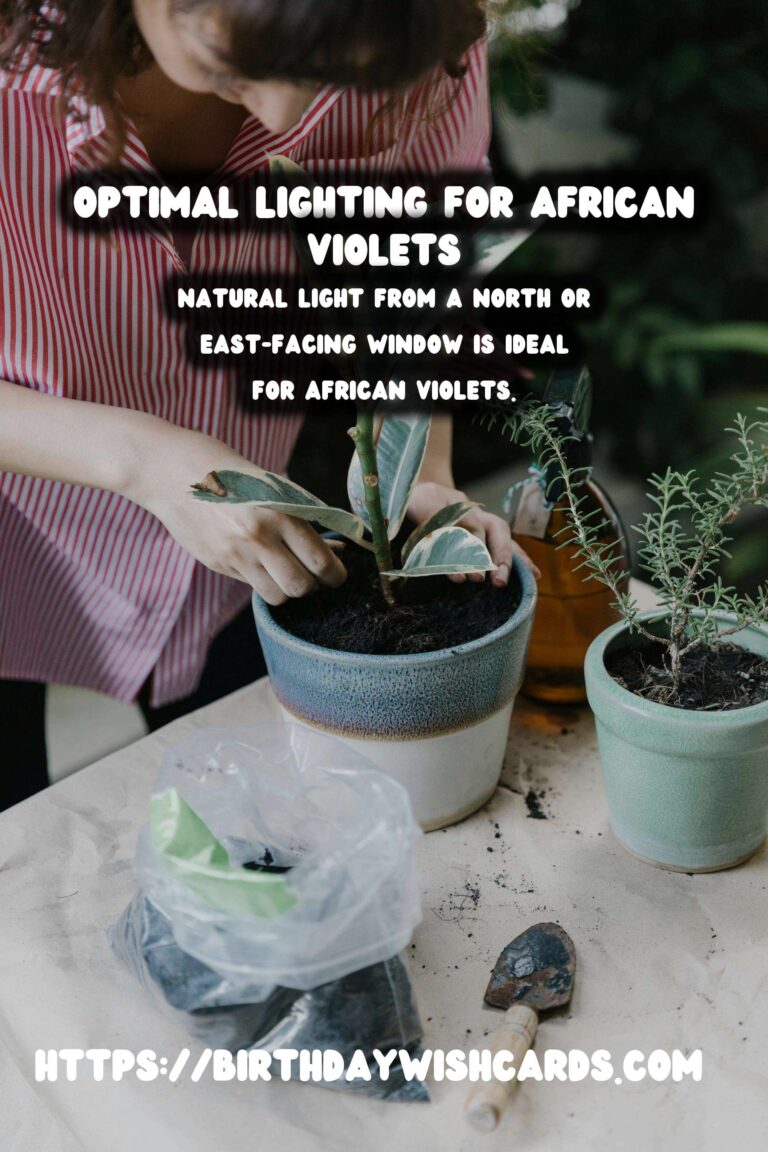
African violets are among the most popular indoor plants, cherished for their vibrant blooms and lush foliage. These delightful plants require specific care to thrive and produce the best blooms, particularly when it comes to lighting. Understanding the best lighting for African violets is crucial for any plant enthusiast hoping to cultivate these beautiful flowers successfully.
Understanding African Violets
African violets (Saintpaulia) are native to the tropical rainforests of East Africa. In their natural habitat, they thrive under the canopy of larger trees, receiving filtered sunlight. This environment provides clues to their lighting needs when grown indoors.
The Importance of Proper Lighting
Lighting plays a pivotal role in the health and blooming capability of African violets. Without adequate light, these plants may exhibit leggy growth and produce fewer blooms. Conversely, too much direct sunlight can scorch their leaves, leading to damage.
Types of Lighting for African Violets
Natural Light
Natural light is often the go-to choice for many African violet growers. A north or east-facing window can provide the ideal light conditions. These windows offer bright, indirect light that closely mimics the violet’s natural habitat.
Artificial Light
For those without suitable natural light, artificial lighting is an excellent alternative. Fluorescent lights, particularly those labeled as ‘full-spectrum,’ can provide the needed balance of light. Position the lights approximately 12 to 15 inches above the plants for optimal results. LED grow lights are another efficient option, offering energy-saving benefits and customizable light spectrums.
Signs of Inadequate Lighting
Recognizing signs of inadequate lighting is crucial for maintaining the health of African violets. Common symptoms include elongated stems, pale or yellowing leaves, and reduced flowering. If you notice these signs, consider adjusting your plant’s lighting conditions.
Tips for Optimizing Light for African Violets
To optimize lighting for African violets, rotate the plants regularly to ensure even light exposure. Use sheer curtains to diffuse harsh sunlight, and supplement with artificial lights during short winter days.
Conclusion
Providing the best lighting for African violets is an essential aspect of their care. By mimicking their natural habitat and adjusting lighting conditions as needed, you can enjoy beautiful blooms and healthy plants year-round.
African violets require specific care to thrive, particularly in terms of lighting. Proper lighting is crucial for the health and blooming capability of African violets. Natural light from a north or east-facing window is ideal for African violets. Artificial lighting, such as fluorescent or LED grow lights, can be used effectively. Signs of inadequate lighting include elongated stems and reduced flowering. 
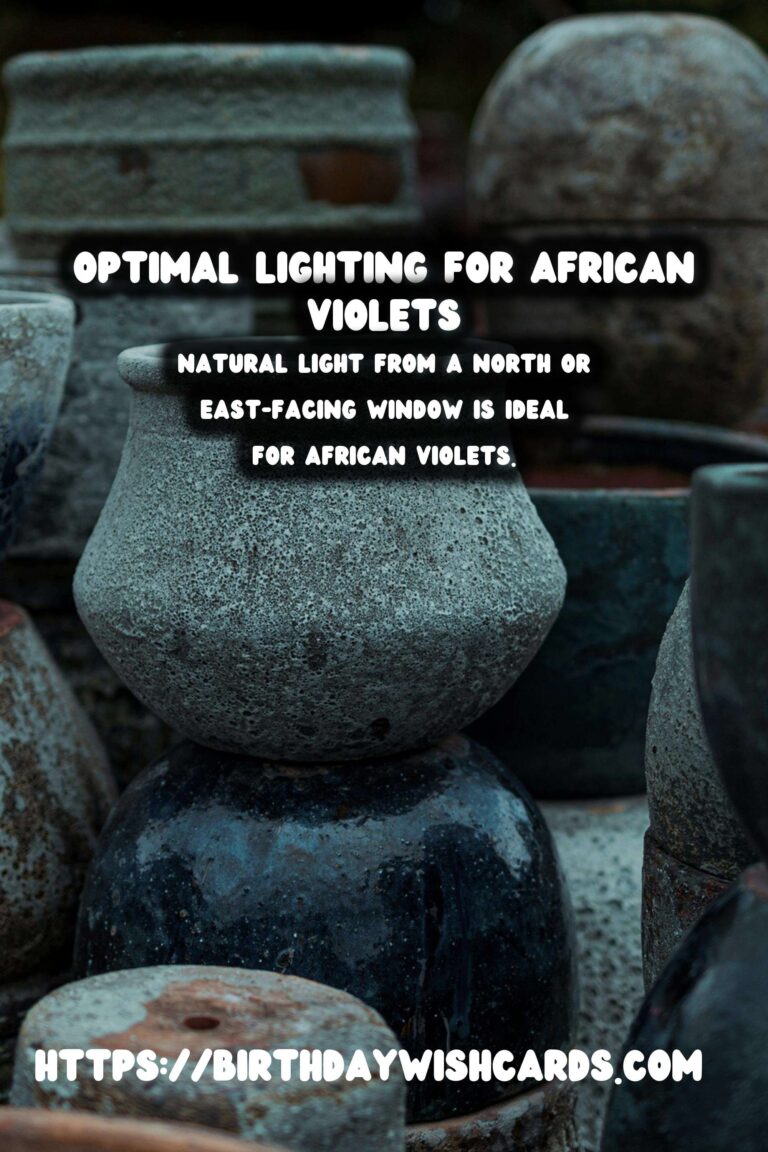
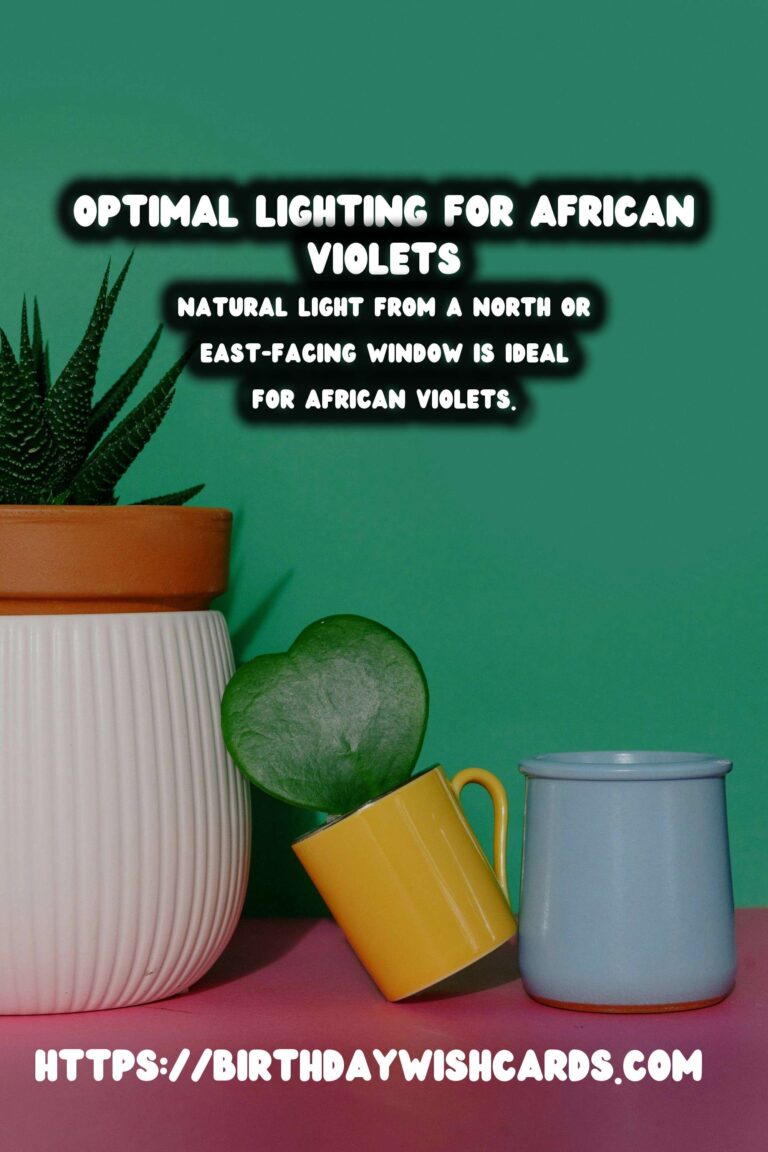
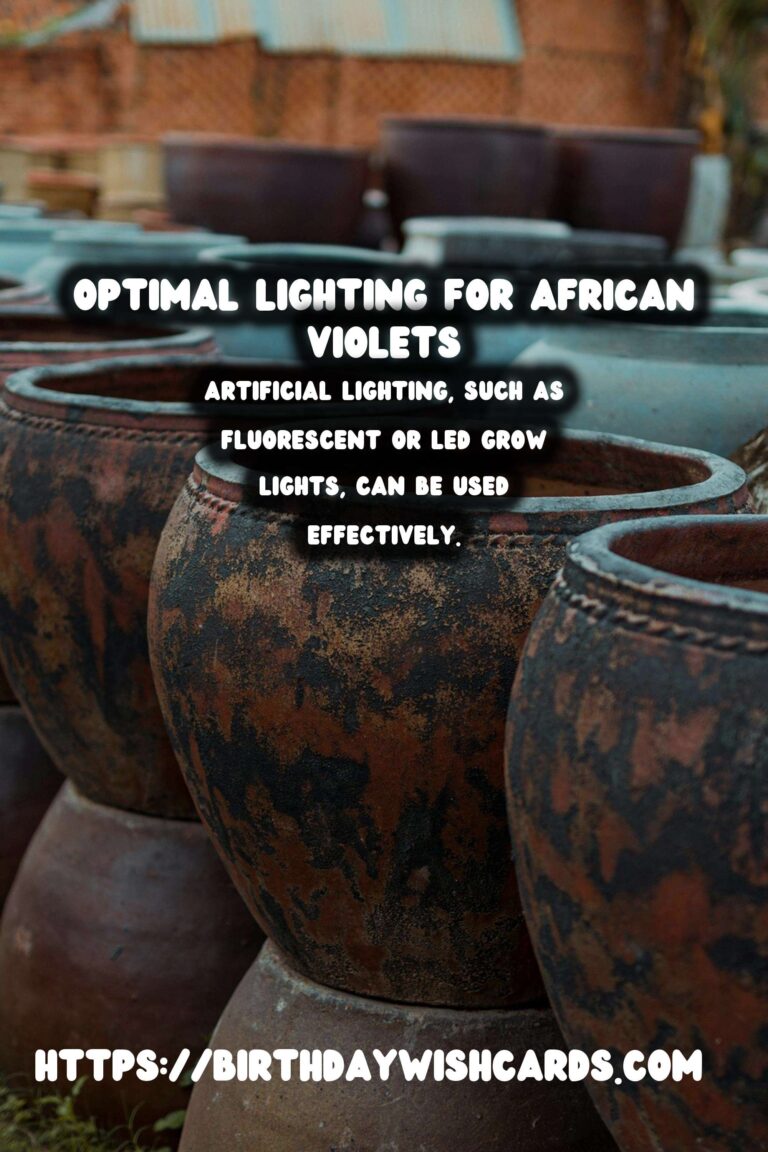
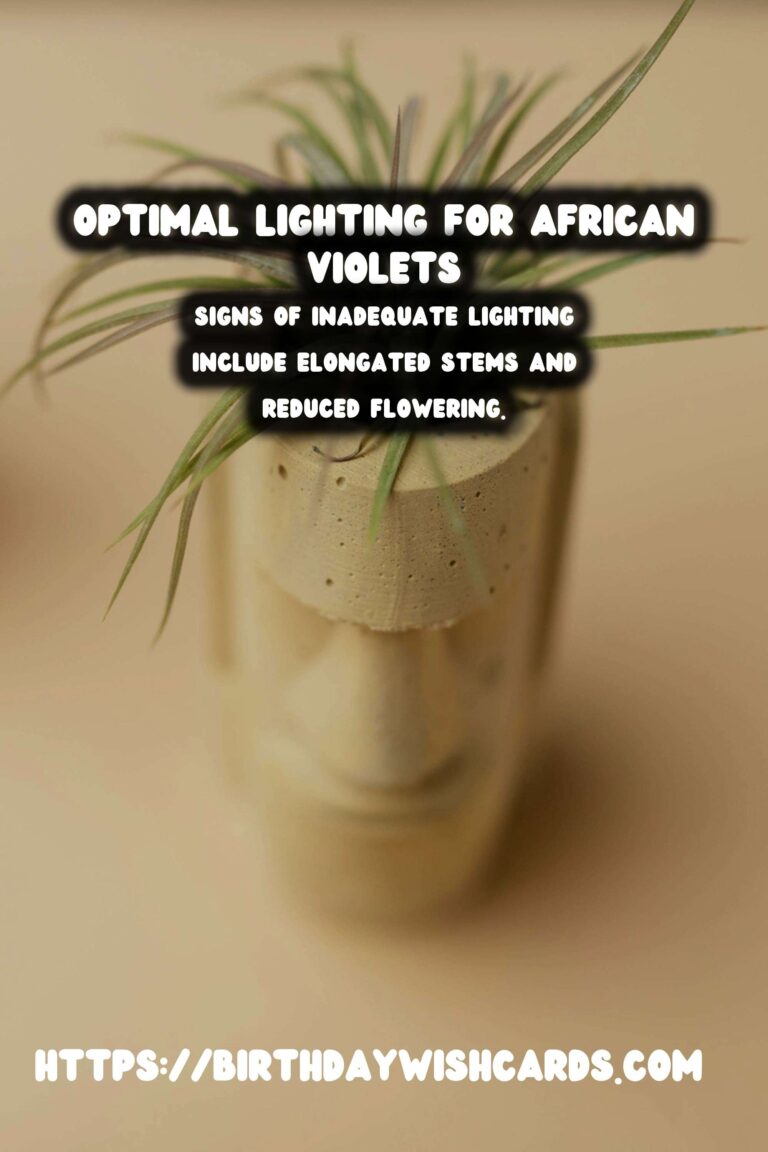
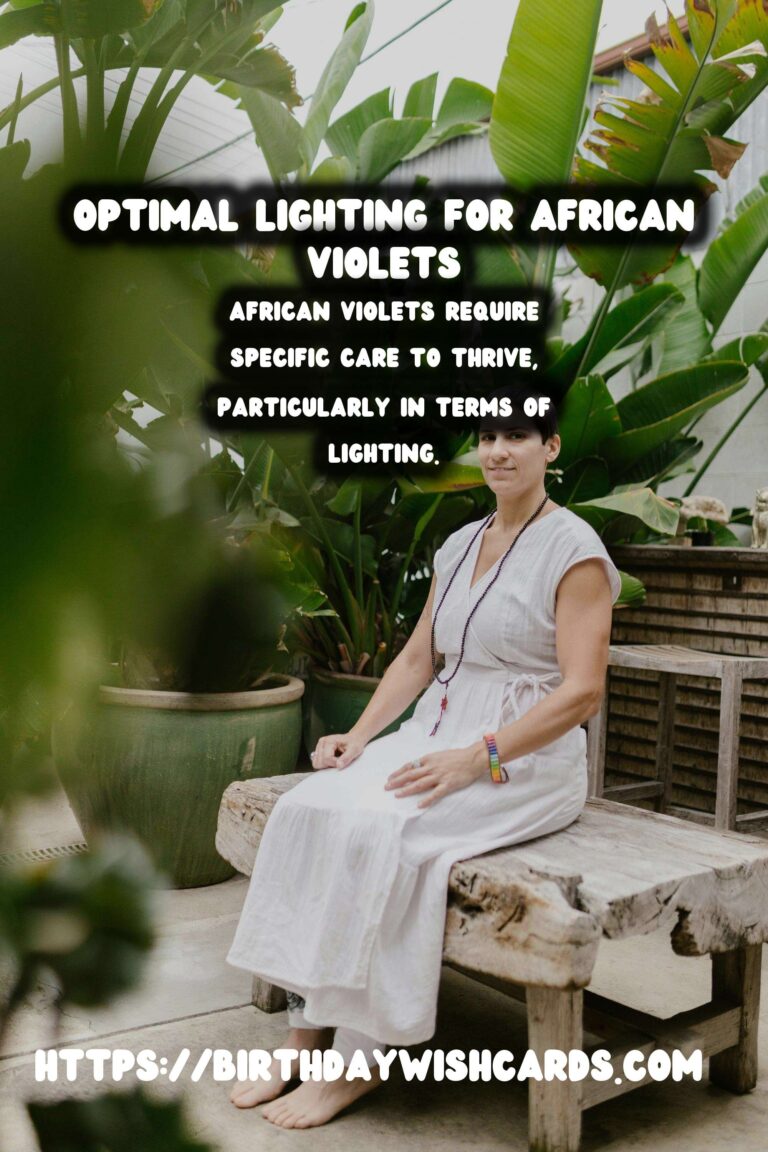
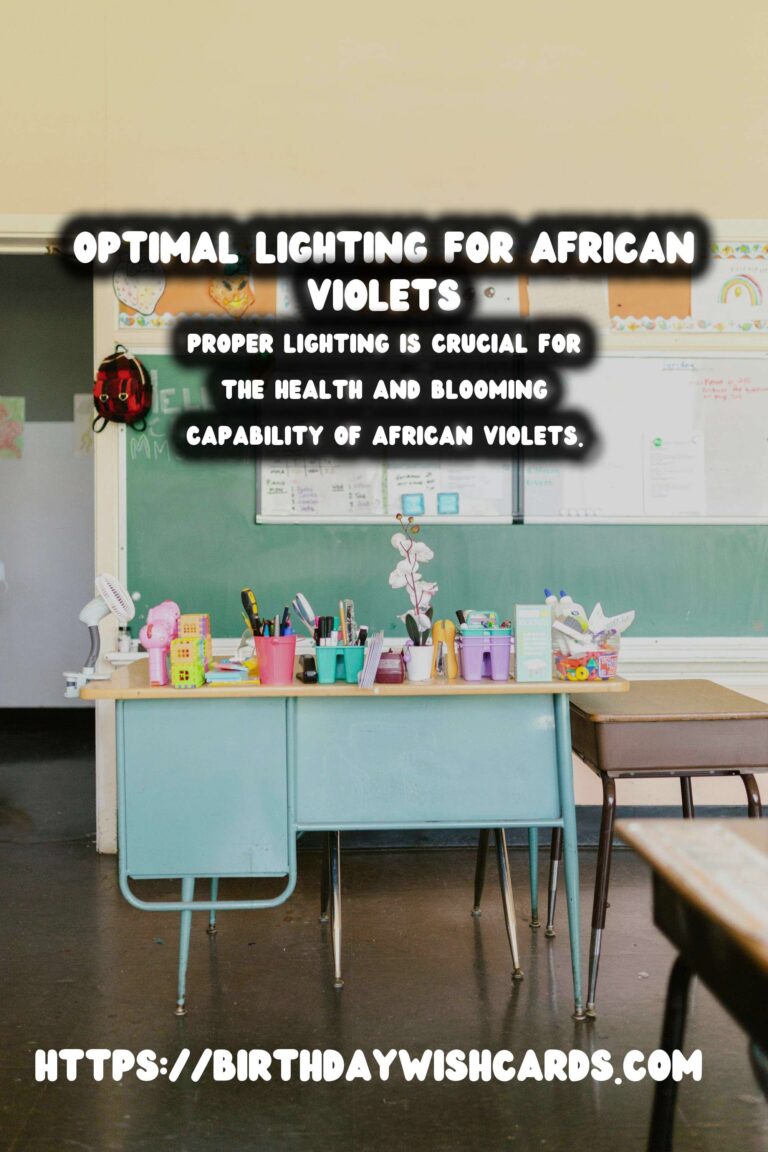
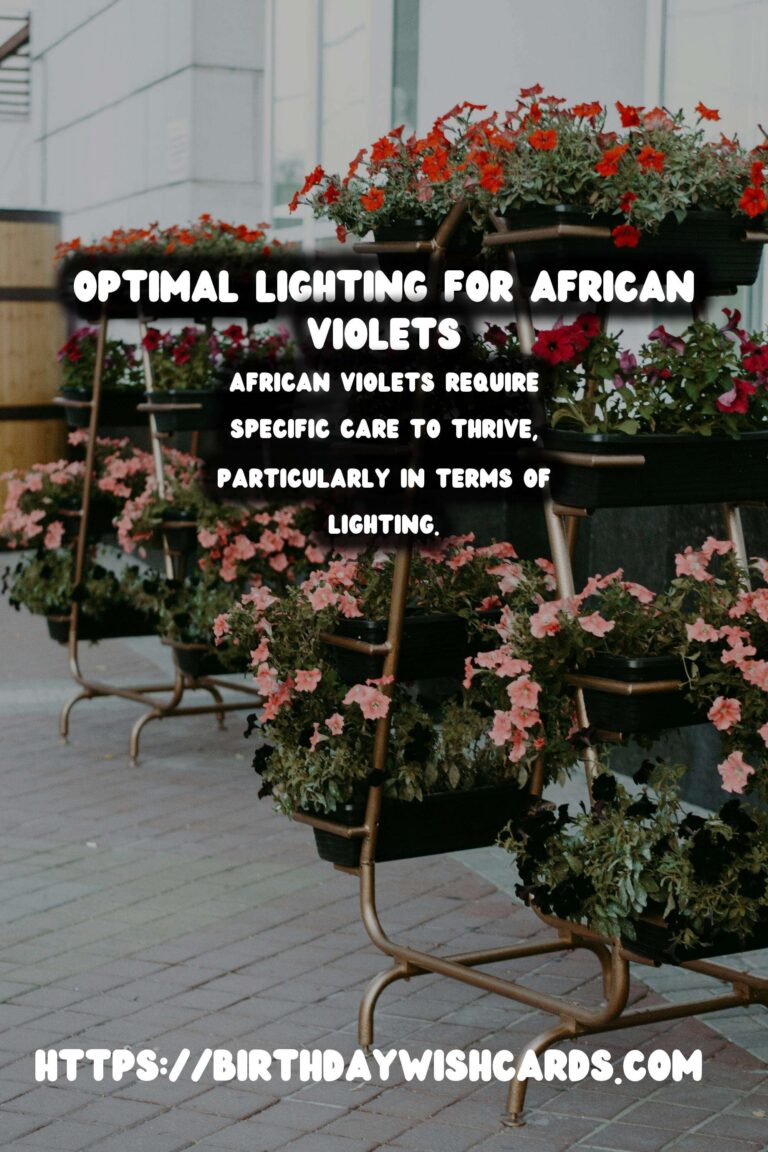
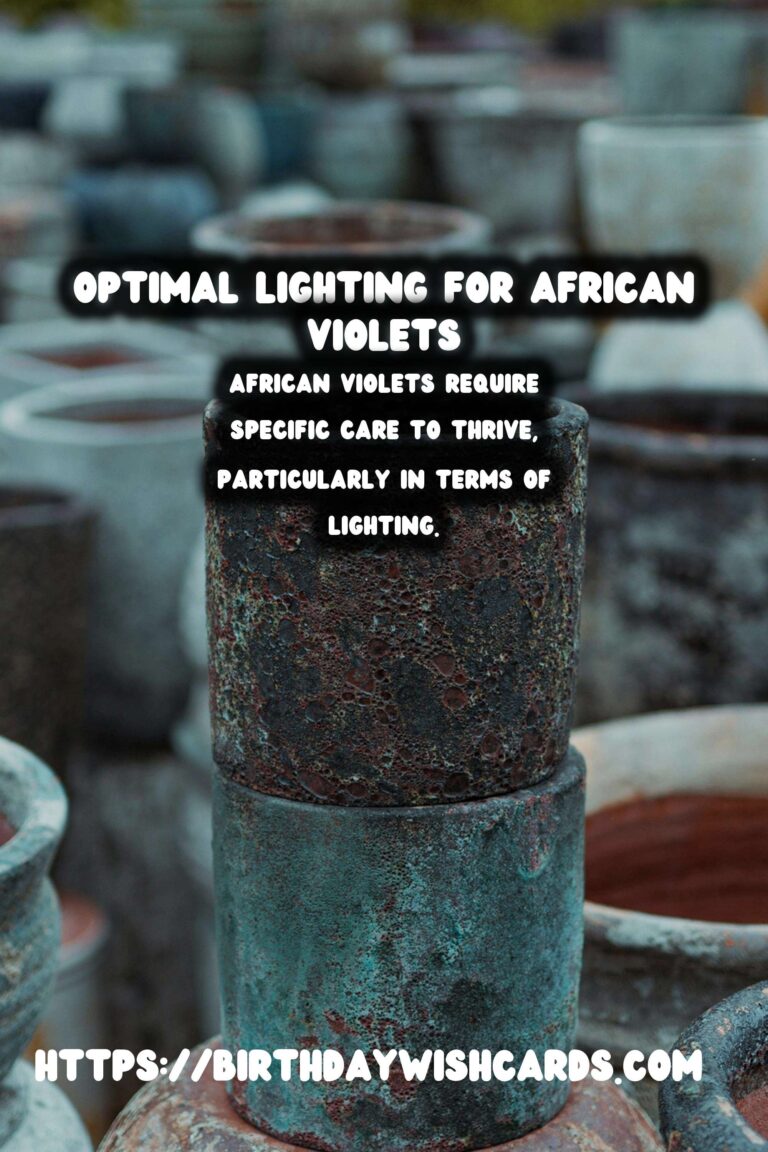
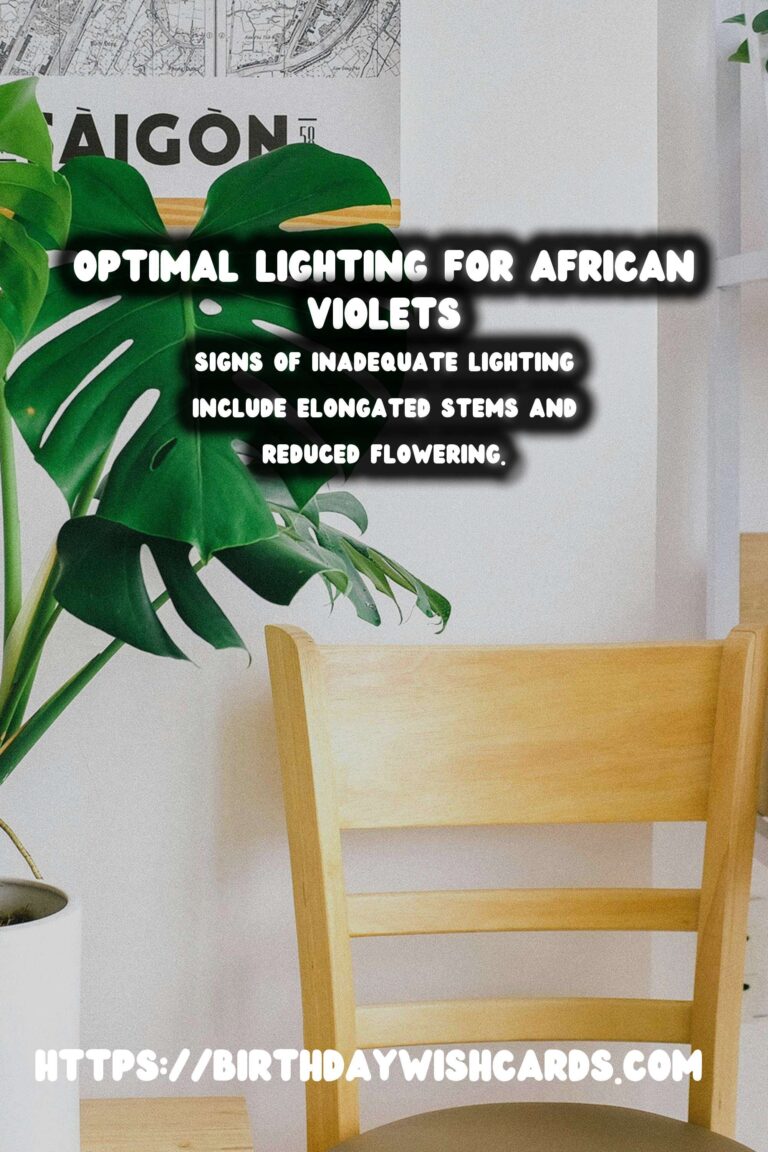
#AfricanViolets #IndoorPlants #PlantCare #Gardening #HomeGardening




